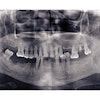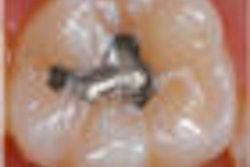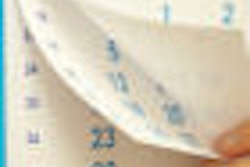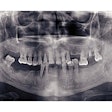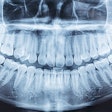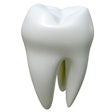A new study has uncovered the complete genetic make-up of the caries-causing bacterium Bifidobacterium dentium Bd1, revealing the genetic adaptations that allow it to live and cause decay in the human oral cavity (PLoS Genetics, published online December 2009).
Bifidobacteria are often included as probiotic components of food to aid digestion and boost the immune system. However, not all species within the genus Bifidobacterium provide beneficial effects to the host's health, according to a press release.
In fact, the Bifidobacterium dentium species is an opportunistic pathogen since it has been linked to the development of tooth decay. The genome sequence of B. dentium Bd1 reveals how this microorganism has adapted to the oral environment through specialized nutrient acquisition features, acid tolerance, defenses against antimicrobial substances, and other gene products that increase fitness and competitiveness within the oral niche.
This report identifies, through various genomic approaches, specific adaptations of a Bifidobacterium taxon to a lifestyle as a tooth decay-causing bacterium. The data in this study indicate that the genome of this opportunistic pathogen has evolved through only a small number of horizontal gene acquisition events, highlighting the narrow boundary that separates bacteria that are long-term residents on or in the human body from opportunistic pathogens.
The study was led by Marco Ventura's Probiogenomics laboratory at the University of Parma, Italy.


